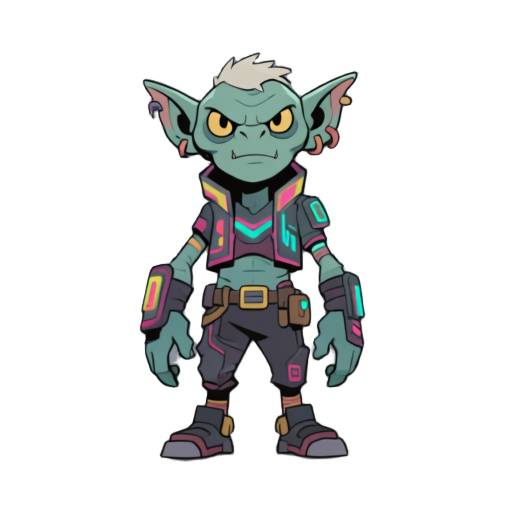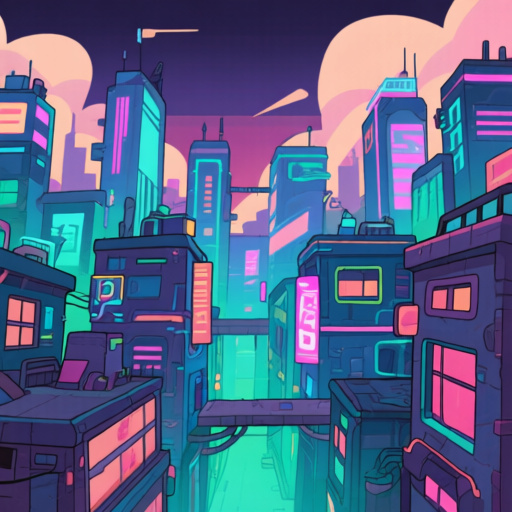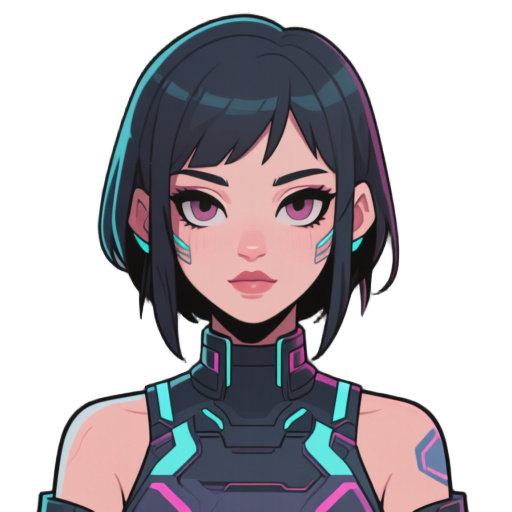AI image generation has exploded in popularity, and the Qwen Image model, part of Alibaba’s Qwen family, is one of the most capable new entrants in the space. Designed for speed, clarity, and strong semantic understanding, Qwen Image stands out for its ability to follow instructions precisely while producing visually clean and detailed images.
Whether you’re a creator, developer, or designer, Qwen Image offers a powerful blend of flexibility and reliability. Here’s an overview, plus tips to help you prompt it effectively.
What Makes Qwen Image Unique?
Qwen Image focuses on two core strengths:
1. Strong Instruction Following
The model is exceptional at understanding prompts, including:
- Composition instructions
- Character positioning
- Clothing and style description
- Action details
- Scene layout
This makes it great for consistent characters, product shots, thumbnails, and concept art.
2. Fast, High-Resolution Results
While many models struggle with speed–quality balance, Qwen Image is optimized to generate sharp images quickly. It’s ideal for iterative workflows where you need multiple versions or fast refinement.



Best Use Cases for Qwen Image
🔹 Character Design
Qwen Image can maintain consistent facial structure, clothing style, and pose across variations.
🔹 Product Visualization
Its clarity makes it great for mockups, packaging design, and photorealistic renders.
🔹 Stylized Artwork
The model can lean into anime, semi-realistic, or painterly aesthetics without losing detail.
🔹 Marketing & Branding
Thumbnails, banners, hero shots, Qwen Image handles high-contrast compositions well.
How to Write Effective Prompts for Qwen Image
1. Be Explicit With Structure
Qwen responds well to direct instructions:
Example:
“Full-body portrait of a woman standing in a neon-lit alley, camera at eye level, centered composition, cinematic lighting.”
2. Separate Style From Content
Giving structure → then style → then mood works best.
Example:
- Content: “A futuristic motorcycle parked beside a glass building.”
- Style: “Semi-realistic, high-detail.”
- Mood: “Cool blue tones, evening atmosphere.”
3. Use Short Attribute Chains
Instead of long run-on sentences, break elements into clear groups.
Good:
“White sports car, glossy finish, sharp reflections, front angle view.”
Not ideal:
“A white glossy sports car with reflections from the front view at sunset with many details.”
4. Use Camera Language
Qwen handles photography terms well:
- close-up
- top-down
- 35mm lens
- depth of field
- softbox lighting
- bokeh
- three-quarter angle
5. Avoid Overloaded Descriptions
If you need multiple elements, list them:
Example:
“Scene contains:
- A lighthouse on a cliff
- Waves crashing below
- A cloudy sunset sky
- A person standing near the railing”
Sample Prompts for Qwen Image
Cinematic Portrait
“A close-up portrait of a medieval knight, dramatic shadows, strong jawline, scratched metal armor, 50mm lens, cinematic color grading.”
Anime Character Design
“Anime-style schoolgirl with silver hair and blue eyes, holding a notebook, medium shot, soft pastel colors, clean line art.”
Product Render
“A minimalist black smartwatch on a marble surface, studio lighting, shallow depth of field, highly realistic.”
Landscape Concept Art
“A floating island with waterfalls pouring into clouds, lush vegetation, glowing mushrooms, magical atmosphere.”
Final Thoughts
Qwen Image is quickly becoming a go-to model for creators who need clarity, speed, and accurate prompt interpretation. Its ability to follow structural instructions makes it especially valuable for iterative workflows, character consistency, and detailed concept pieces.
If you want a model that balances precision and aesthetics without demanding complex prompt tricks, Qwen Image is one of the strongest options available today.
| Legal | Product | Support | Other |
|---|---|---|---|
| Privacy Policy | Release Notes | Tutorials | Store |
| Terms of Service | Features | Contact | AI on Steam |
| Refund Policy | Pricing | FAQ | Assets |